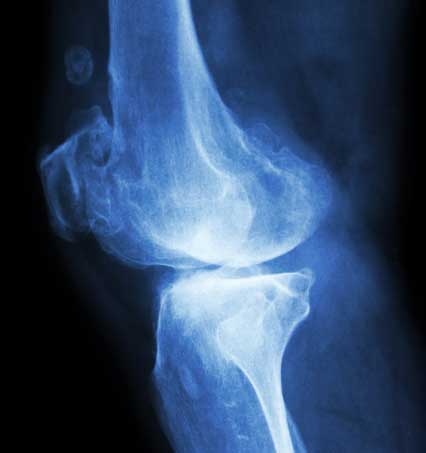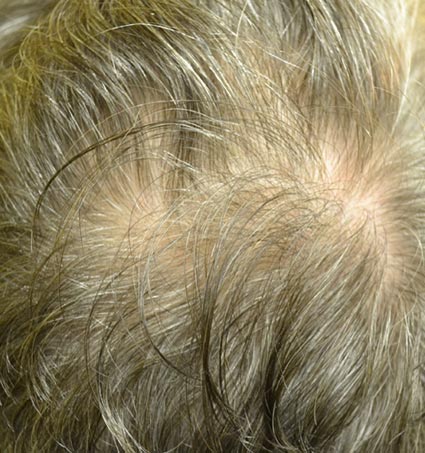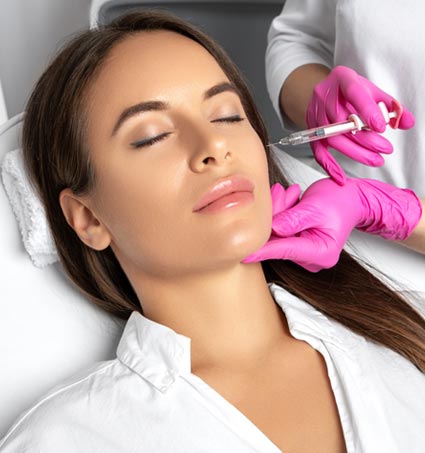

All systems and structures of the body break down with age, but that decline can also be hastened by traumatic injury (such as an auto accident), chronic conditions, environmental factors, and more. Using regenerative medicine, Bothell’s Dr. Nicole Anderson works to counteract these destructive effects, repairing and regrowing tissue to help with everything from chronic joint pain to hair restoration.
Regenerative medicine takes many forms, including platelet-rich plasma (PRP) injections, prolotherapy, ozone therapy, and more. All of these options work in different ways, but have a common goal: truly healing the body to prevent further deterioration, improve function, and bring relief from chronic pain.
PRP is a form of regenerative medicine uses the body’s own platelets and growth factors to stimulate healing. Platelets are fragments of blood cells that contain growth factors. One of their primary functions is to close wounds via clotting, and stimulate tissue regrowth, making them a vital part of the healing process when they concentrate in one area. This ability to stimulate tissue regeneration can be harnessed and directed by collecting a patient’s own blood, separating out the platelets, concentrating them, and injecting them where needed to activate cells to regenerate, including stem cells, cartilage, ligament, bone or muscle cells.
This type of regenerative medicine works especially well to prompt thickening of cartilage and meniscus tissue in the knee. When knee cartilage is worn down or is nearly “bone on bone,” the PRP can help to increase the cartilage thickness and provide lubrication to the joint. In some cases where a meniscus is torn, PRP may be used, often in conjunction with stem cells, to stimulate regeneration of the meniscus tissue.



PRP can also revive some hair follicles that have begun to shrink due to androgenic alopecia, which is the technical term for the genetic condition known as male- or female-pattern hair loss, and other non-scarring alopecias.
PRP facials have become increasingly popular because the tissue-regenerating properties of platelets and growth factors can decrease wrinkles and fine lines by promoting the growth of new collagen, elastin, and hyaluronic acid. This is usually done with the use of microneedling, which allows the PRP access below the surface of the skin.
Dr. Anderson emphasizes that regenerative medicine like PRP is a multi-step process—typically requiring three or more injection sessions to get the best results—and not always the entire solution to a particular problem. If worn-down cartilage is due to bones moving against each other unevenly because of ligament laxity, growing more tissue in the joint will be nothing more than a temporary solution as long as the laxity persists. Before beginning any regenerative medicine treatment, she will first assess the ligaments and other structures in order to determine the true source of the problem. This will allow her to address the cause of the friction so the body can repair itself—and maintain the results of that healing long-term.
Prolotherapy is a regenerative medicine strategy that can be used on its own to repair connective tissues or as part of a larger strategy to help with joint pain. The act of irritating a ligament tissue causes the body to create new tissue, which repairs and strengthens the damaged area. This is done when a needle is introduced to the ligament and small micro-traumas are made, stimulating the body’s repair process. Dextrose solution or PRP can also be injected to surround those damaged tissues, which will further stimulate the regeneration of damaged tissue.
Patients who have “rolled” their ankle and continue to have instability or someone whose ligaments are lax on one side of their knee may find that the resulting joint instability causes continued injury and pain or their cartilage to wear unevenly. Before starting a PRP or other regenerative medicine session, Dr. Anderson can tighten the loose ligament with prolotherapy, then inject platelet-rich plasma directly into the ligament to further strengthen it, as well as into the joint itself to thicken the cushioning material there.
Ozone is a gas containing three oxygen atoms linked together. It can be introduced into tissues and joints alone or used with other regenerative medicine strategies to “add” extra oxygen to the area. This additional oxygen promotes tissue regeneration and helps stem cells and PRP to be more efficient. Joints, tendons, and ligaments have significantly less blood flow than muscles or organs do, which results in much slower healing rates, so increasing oxygen with ozone can be a beneficial approach that augments the healing effects of PRP. Ozone is also very effective for pain relief of damaged muscles, tendons, and joints.